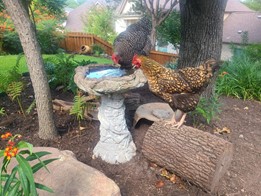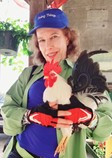
Although the daytime temperatures may not indicate it, Fall has arrived for Austin’s November Vegetable Garden. It’s that goofy time of year where you are finally enjoying your summer garden and yet preparing for the first frost. According to National Weather Service, the average first frost in Austin is November 29th.
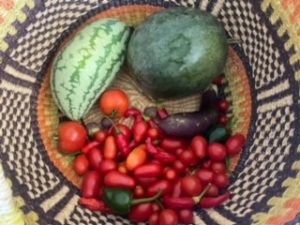
Sampling of Paula’s last fall harvest: summer pickings still in November
Thinking Ahead: Preparation for the First Frost
We know it’s coming, so make preparations now so that you aren’t scrambling at the last minute. Two things you can do right now is to mulch around all your plants and any bare soil and get your row cover ready to deploy.
Watch the weather and if a freeze is expected, do the following:
- Water plants beforehand
- Cover newly planted plants, and tender vegetables and landscape plants with row cover, sheets or blankets making sure to secure the fabric to the ground to prevent wind from blowing it up and to seal in heat from the ground
- Disconnect hoses, wrap faucets, and drain sprinklers before the freezing night arrives
November Vegetable Garden Checklist
Here are some other items that you can add to your Austin’s November Vegetable Garden to-do list.
Planting
- You can still plant seeds of the following:
- Beets (early November)
- Carrots (early November)
- Fava beans (early November)
- Greens, cool season (all month)
- Radishes (all month)
- Turnips (first half of the month)
- You plant these bulbs:
- Garlic (all month) – softneck varieties do much better in our heat
- Shallots (all month)
- These can be either by seeds or transplants:

Kale growing in November
- Asian Greens (all month)
- Collards (first half of the month)
- Kale (all month)
- Kohlrabi (early November)
- Lettuce (all month)
- Mustard (first half of the month)
- Spinach (all month)
- Swiss chard (first half)
- If you are like me and have wildflowers in the garden to bring pollinators, now is the last chance to sow wildflower seeds for the spring.
Water
- Hopefully it will rain more now that summer is over, but still monitor the weather and keep an eye on how healthy your plants and the soil look and feel. Each garden is different so you will need to see what works for your garden in your specific Austin microclimate. I live in the western most part of Travis County, in Hill Country. We have only inches of soil on top of limestone. My garden is exposed in full sun and I live on elevated land so we get lots of wind. So keep in mind my watering may be very different than yours. When the daily temperatures remain in 80s, I water my garden every other day-especially because I keep my tomato, eggplant, and melon plants going until the first freeze (the melons usually give up sooner). For my fall transplants and seedlings, I water every 3-days if the weather remains sunny and high 70s/ 80s, but once the temperatures fall steadily into low 70s and below, I water 1-2 a week.
- Sign up for irrigation recommendations. I recommend the Water My Yard program for weekly watering advice that comes straight to your email inbox! Even though this free service is primarily for your lawn, it provides me with a base of how much water has come into my area within the week and I can then use that information towards my garden’s watering needs. The city of Austin does not participate in this program, so just choose the information from the next closest municipality.
Fertilizer
- Feed vegetable plants with a water-soluble fertilizer every 2-3 weeks
Diseases and Pests
- Aphids and cabbage loopers can still be active in November. You can hand pick them off—which I am busy doing with my kale—or use row cover to keep them from your crop.
Maintenance
- Mulch everything! A gardener should keep beds well-mulched all year round to help keep weeds under control, conserve moisture, and maintain soil temperature. This time of year, I transition from pine straw to a shredded bark mulch because it offers better protection from the cold.
- Make sure to keep an eye on nighttime low temperatures. Once temperatures drop consistently below 50 or reach freezing, pull any tomatoes from your summer garden that are green and ripen them inside your house on a sunny windowsill.
- Finally, pull out any of your summer garden that has died or will no longer produce.
- Keep on top of weeds and don’t let them set seed.
Additional Resources
Local Climate Records for Austin Texas
Watch the Vegetable Gardening in Central Texas Webinar
Recommended Vegetable Varieties for Travis County
Plant Rotations, Successions and Intercropping
Sustainable Food Center Farmers Markets
Monthly Gardening Calendar for Austin and Central Texas
About Paula Wolfel
 Paula Wolfel is new to the Travis County Master Gardener program but has been gardening in Austin, Texas since 2017. She grew up in the suburbs of Chicago learning how to garden from both her father—a Sicilian vegetable and fruit tree gardener—and both her grandmothers, and then spent years in Virginia gardening. She loves gardening because she finds it to be a grounding force- it gets her out of her head and into the present. She loves the pride that comes with cooking a meal for her family with every ingredient coming from her garden… and then the humility she feels when she loses an entire crop because of Mother Nature. She finds gardening to be wisdom, lessons, best practices passed down generation to generation, season to season and hopes to share that with you.
Paula Wolfel is new to the Travis County Master Gardener program but has been gardening in Austin, Texas since 2017. She grew up in the suburbs of Chicago learning how to garden from both her father—a Sicilian vegetable and fruit tree gardener—and both her grandmothers, and then spent years in Virginia gardening. She loves gardening because she finds it to be a grounding force- it gets her out of her head and into the present. She loves the pride that comes with cooking a meal for her family with every ingredient coming from her garden… and then the humility she feels when she loses an entire crop because of Mother Nature. She finds gardening to be wisdom, lessons, best practices passed down generation to generation, season to season and hopes to share that with you.

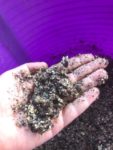
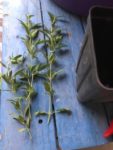
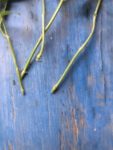
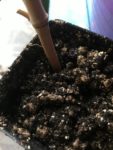
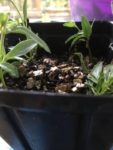
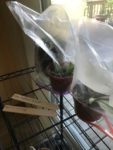
 Sheryl Williams has been a Travis County Master Gardener since 2010 and currently works as the Horticulture Program Assistant at Texas A&M AgriLife Extension – Travis County. She was introduced to gardening by her mom and grandma and has been an avid vegetable gardener most of her life. Sheryl believes that there is nothing more satisfying than growing and preparing your own food. She likes gardening in Austin year round and concedes that means pulling weeds every day. She practices organic gardening principles and enjoys the challenge of outsmarting garden pests. Occasionally she loses these battles, but doesn’t mind sharing a good meal.
Sheryl Williams has been a Travis County Master Gardener since 2010 and currently works as the Horticulture Program Assistant at Texas A&M AgriLife Extension – Travis County. She was introduced to gardening by her mom and grandma and has been an avid vegetable gardener most of her life. Sheryl believes that there is nothing more satisfying than growing and preparing your own food. She likes gardening in Austin year round and concedes that means pulling weeds every day. She practices organic gardening principles and enjoys the challenge of outsmarting garden pests. Occasionally she loses these battles, but doesn’t mind sharing a good meal.

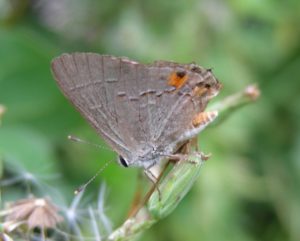

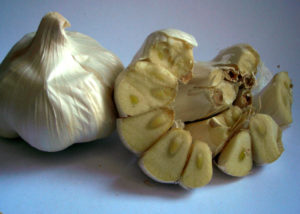


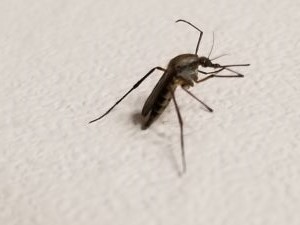 All Abuzz About Mosquitoes
All Abuzz About Mosquitoes